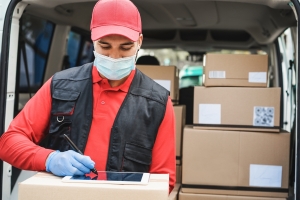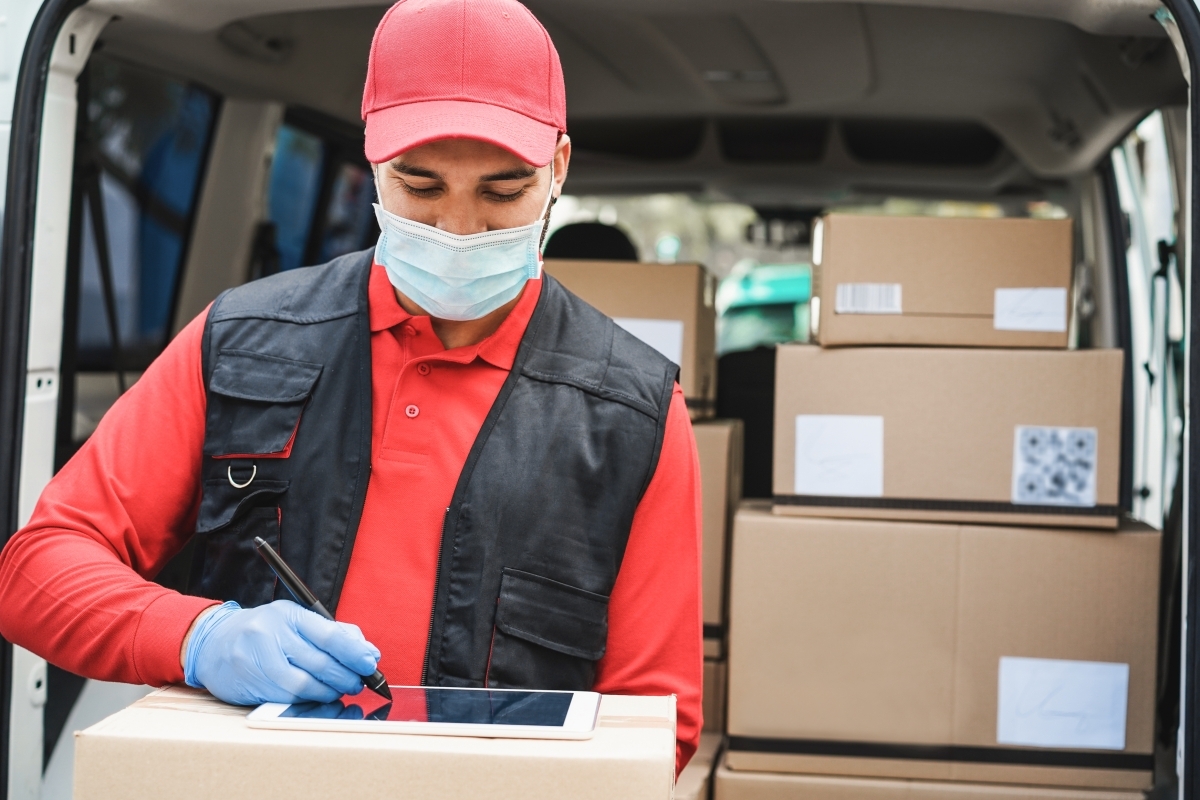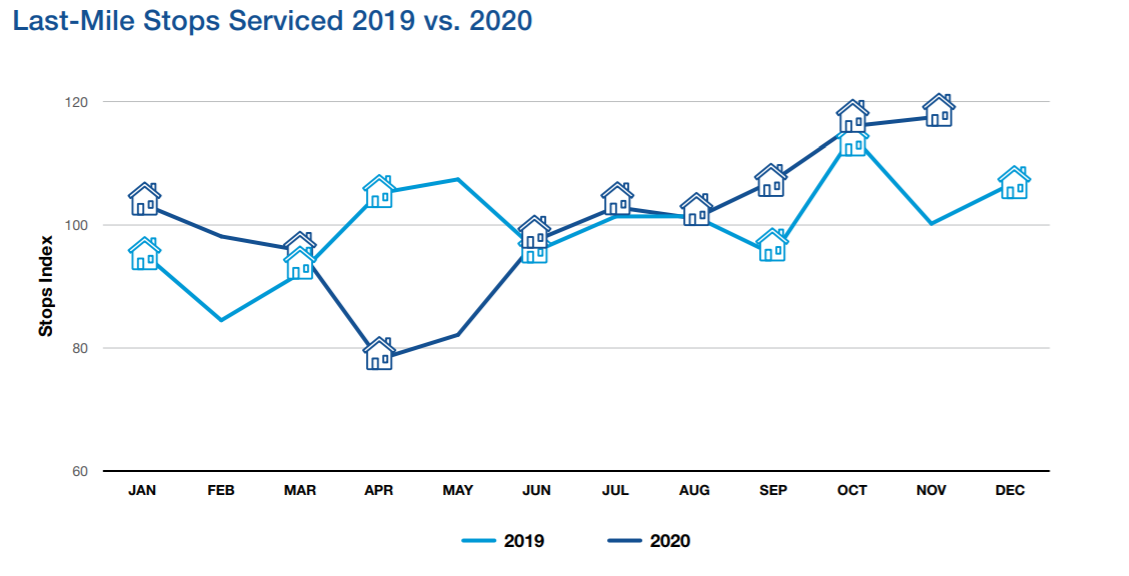
![]()
The one-year anniversary of the global start of the COVID-19 pandemic is one marker no one is celebrating.
Still, the pandemic has undoubtedly redefined our lives in many ways, and that's worth reflection. From a last-mile industry perspective, fleets have had to re-shift the way they can — safely — cater to customers, retain quality drivers and team members, and even distribute vaccines. Let's dive in.
How vaccine distribution fits into the narrative
UNICEF Executive Director Henrietta Fore has referred to COVID-19 vaccine distribution as the "biggest logistical challenge the world has ever seen." That is no understatement.
Last-mile delivery has been a focal point in the media since the first FDA-approved COVID-19 vaccine began being distributed. As we've previously discussed, the sheer maintenance requirements around the Pfizer and Moderna vaccines pose significant difficulties for distribution and logistics professionals. For one, they need to be stored at -70 and -20 degrees Celsius, respectively. To put that into perspective, an ice sheet in Antarctica is only as cold as -60 degrees Celsius in extreme conditions. Other factors, such as the two-dose requirements, have also been posing significant issues on the supply chain distribution side.
We are still in the early stages of vaccine distribution on both a national and global scale, so the takeaways we can gather on the last-mile side are yet to be determined. Still, it bears reflection that the most significant save-the-world initiative in our lifetime relies on transportation — specifically last-mile transportation. This will likely result in continued innovative initiatives and enhanced federal and global preparedness efforts in the supply chain for years to come.
The satisfied customer's expectations are rising
The last-mile front is also witnessing a seismic rise in customer expectations. Virtually every major retail chain and many small businesses have upped the convenience factor in favor of contactless protection. And these new expectations are reigning supreme on the business-to-business (B2B) side.
Contactless deliveries are an advantage we never knew we needed until we needed them. Now, substantial sub-benefits have come out of that benefit. For one, contactless deliveries keep customers and drivers safe and give additional flexibility all around. From a customer perspective, not being tied down to restricted timeframes waiting for a delivery gives customers time back in their days, so they can navigate through their schedules on their time.
To no surprise, e-commerce has also risen substantially since the start of the pandemic. Our data, which is shown below, highlights the rise in last-mile deliveries in 2020, rising 21% in comparison to 2019.
In June 2020, U.S. online sales reached $73.2 billion, increasing over $30 billion from the year before. Many retail giants have been spending significant time and resources ramping up their e-commerce logistics operations over the past two to three years to offer expedited delivery options for their customers. To keep up, small to mid-size businesses will need to cater to growing customer expectations to retain them, utilizing innovative solutions tailored around the customer experience.
Reprioritizing convenience for last-mile drivers — and other teams
Accompanying an enhanced customer experience should be a new and modern-age process for last-mile drivers and behind-the-scenes teams. For example, extending flexibility to customers in terms of contactless deliveries also protects drivers on the front lines. A more flexible driver schedule makes life easier for your other teams. It's a domino effect.
So often, the focus is on making the customer happy. While customers are the direct monetary supporters of your business, they're not the only critical demographic. A poor work experience on the front lines and in the back office equates to higher operating costs due to driver turnover, driver recruiting, and repeated onboarding and training costs.
The pandemic has exposed the importance of the customer and employee experience even more. With customers and drivers concerned for their wellbeing and the state of the world, taking care of your customers and staff has never been more critical. Luckily, with the right fleet intelligence solutions, you can conquer the business challenges created by the pandemic and meet the needs of evolving last-mile expectations.
Keep up with the latest industry thought leadership through our Road Ahead Blog. For more on the last mile, read my recent post on the right solutions for operational relief.


